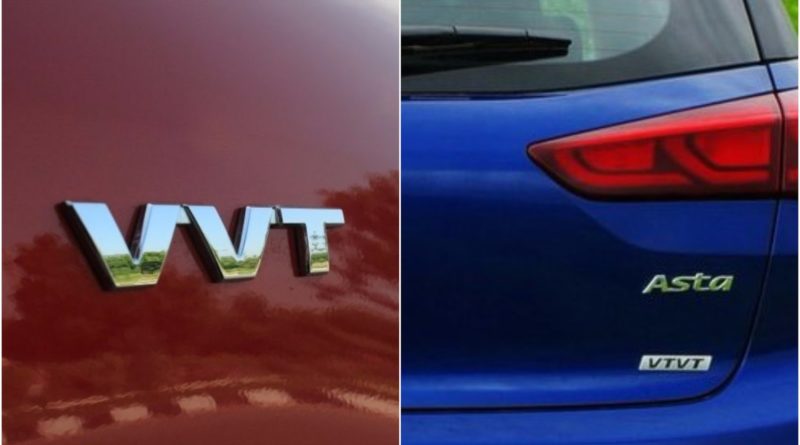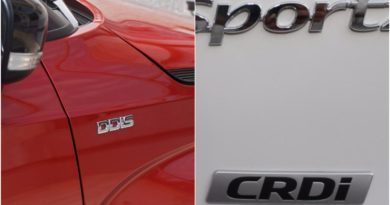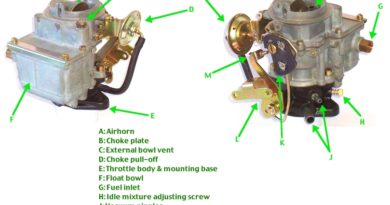Petrol Car Badging – VVT, VTVT
In my earlier post, we saw how badges on diesel car define the technology running the under hood engine.
In the same way, performance enhancing technology of petrol engine is proudly highlighted by manufacturers on their car in the form of badge. Most popular ones are Suzuki’s VVT and Hyundai’s VTVT.
Hyundai’s VTVT – Variable Timing Valve Train
Many more nomenclature are followed by different manufacturer but the underlying technology remains same and it’s commonly known as ‘Variable Valve Timing’.
Now, lets understand a bit more about this automotive tech and find answer to why this is really important for modern petrol engines.
Overview:
Valves are the breathing nose of engine. The timing of breathing, that is, the timing of air intake and exhaust, is controlled by the shape and phase angle of cam shaft.
To optimize the breathing for various engine speed, it requires different valve timing at different speed. When the rev increases, the duration of intake and exhaust stroke decreases so that fresh air becomes not fast enough to enter the combustion chamber, while the exhaust becomes not fast enough to leave the combustion chamber. Therefore, the best solution is to open the inlet valves earlier and close the exhaust valves later. In other words, the Overlapping between intake period and exhaust period should be increased as rev increases. This process of varying valve open/close timing was named as ‘Variable Valve Timing’.
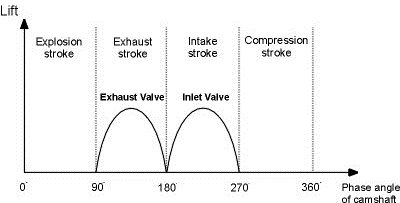 |
| Normal Valve Timing |
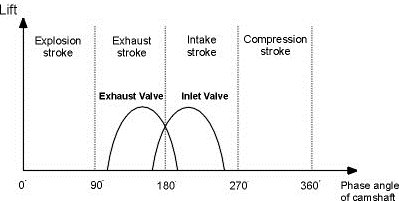 |
| High Speed Valve Timing |
With this technology, we can vary valve open/close timing depending upon engine revolution per minute (rpm) and this results in improved engine performance, better efficiency and reduced emissions.
Working:
We have numerous ways to achieve varying valve timing but the most widely deployed method is known as ‘Cam-Phasing’.
In this method, cam shaft/rod (responsible for valve open/close mechanism) can be rotated with pre-defined phase angle depending upon the engine speed and this is achieved using oil pressure built-up in phaser.
As soon as engine speed increases, computer controlled solenoid is energized and the valve traps oil pressure inside the phaser cavity and prevents it from escaping. As oil pressure builds, it pushes the sliding cam drive or rotor inside the phaser. This rotates the cam’s position to advance timing. De-energizing the solenoid allows oil pressure to bleed out of the phaser oil cavity and the cam returns to its original position.
This is how VVT is achieved commonly, many manufacturer’s deploy advanced technologies like varying valve lift (VVL) along with VVT to attain much better control on engine’s breathing and in turn increase performance & efficiency.

